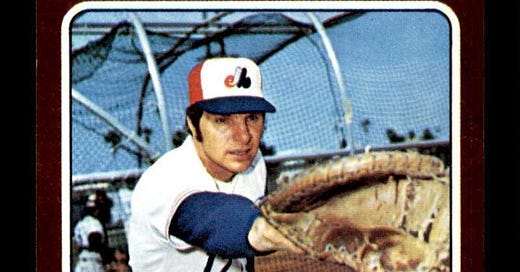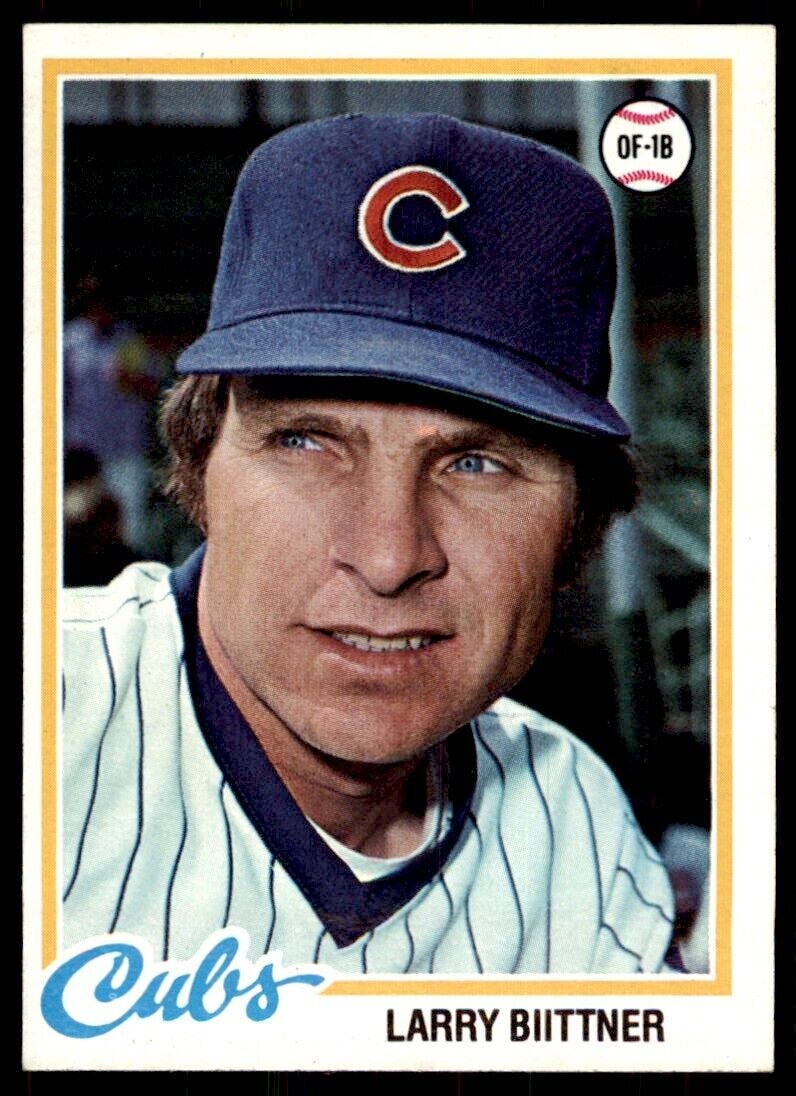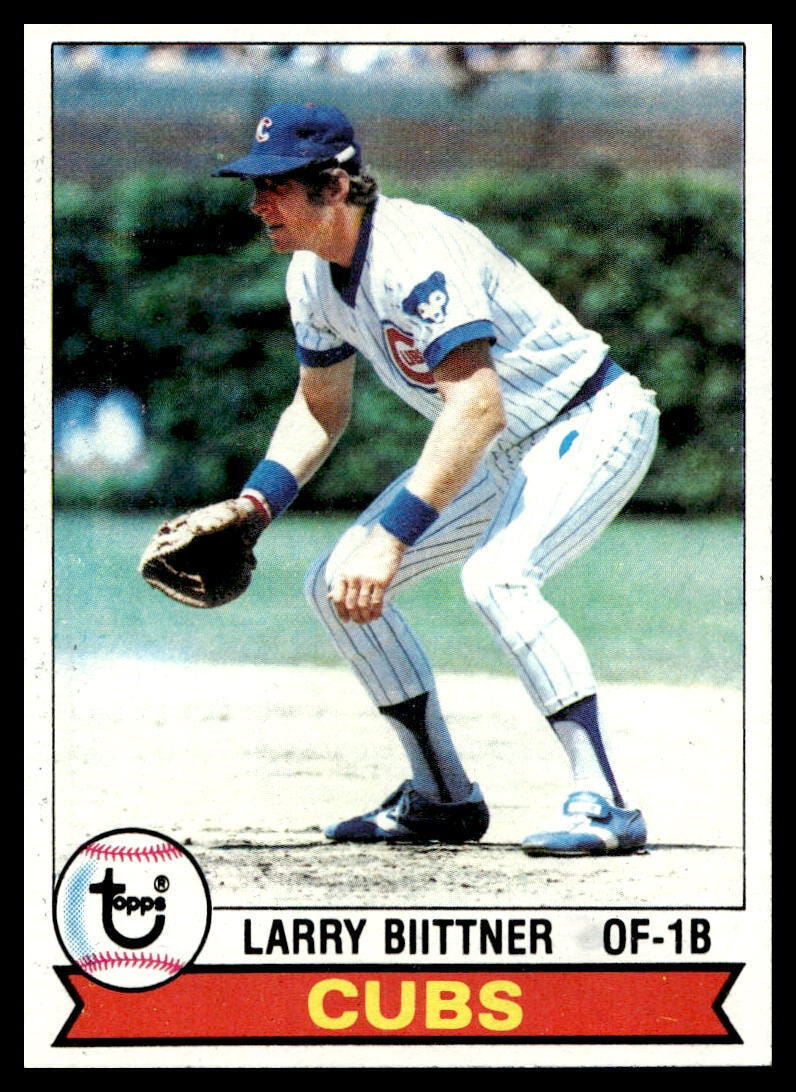1977 was important because it was the year that Star Wars appeared in theaters. In some ways, everything changed when the story of Luke Skywalker hit the silver screen. Those who now think of that first movie as A New Hope (which was the title that it gave to itself in the theatrical re-release in 1981) are missing out on the revolution that the first Star Wars movie ushered in.
That same summer, the Chicago Cubs flirted with success for the first time in my life. 1969, which is the year every Cubs fan older than me points to first as an example of late-season collapse, doesn’t register because I probably wasn’t yet out of diapers then. But in 1977, bolstered by the success of an out-of-nowhere reliever named Bruce Sutter, the Chicago Cubs, my newly adopted team, made a long and ultimately unsuccessful run at the National League East title.
An important player, if not an everyday starter, on that team was a player named Larry Biittner. There were two “i”s and two “t’s in his last name, for no apparent reason. And his time with the Cubs, from 1977 until he was signed by the Reds in early 1981, coincided with my favorite period of being a Cubs fan. Winning the World Series in 2016 was certainly nice, but I wasn’t a young kid with his whole life ahead of him like I was in the late 1970s, either.
My first Larry Biittner card was from the 1975 Topps set, which is my favorite card design of all. Every card looks like it was made from construction paper, without any regard for how badly the selected colors clashed with each other. Here’s a brown and orange color scheme, with yellow letters on top, for a player whose cap and uniform are as red-white-and-blue as can be.
The old-school first baseman’s glove being thrust toward the camera is another nice touch. Biittner’s ability to play both the outfield and first base are what got him to the major leagues in the first place. He was once quoted as saying “I would have liked to be an everyday player, but you have to make the most of the chances that come along.” Those are certainly words to live by.
The second card that I have for him is the 1978 Topps, which is another design I like because of the script which appears in the lower left corner. Reprints of these cards, for modern card collectors, have an annoying “TM” or “R” indicator next to the team name, but in the late 70s such legalisms weren’t needed just yet. And as someone with blue eyes—and is not above sometimes wearing a blue shirt to make those eyes more noticeable—I appreciate how the Cubs cap brings out Biittner’s blue eyes here.
The third and final 70s card of Larry Biittner I have is for the 1979 Topps set, and shows him playing first base, on a day that he was filling in for Bill Buckner (more on him later). Biittner played for the Cubs again in 1980 and I have that card, too, but it falls outside of the 70s and I won’t be sharing it here.
Larry Biittner died on January 2, 2022 at the age of 75. Since he played in the 70s, and then died while he was in his 70s, I keep him in a part of the Dead Box called the Jimmy Buffett Society, or JBS for short. Since Buffett passed away at age 76 last September, I have named this group in his honor. It was orginally named something else, but that’s a story for another post.
When the Star Wars franchise released The Force Awakens in 2015, I’ll never forget my reaction at seeing R2D2 and C3PO on the big screen, for the first time in over 30 years. I cried, because for a moment I was again in touch with the nine year-old who had first encounted them in 1977. Larry Biittner, and Bruce Sutter, and all the others who played for the Cubs in the days before lights were installed at Wrigley Field, have that same effect on me. And it’s a pleasure to be sharing their stories in this online platform.
Until tomorrow….






